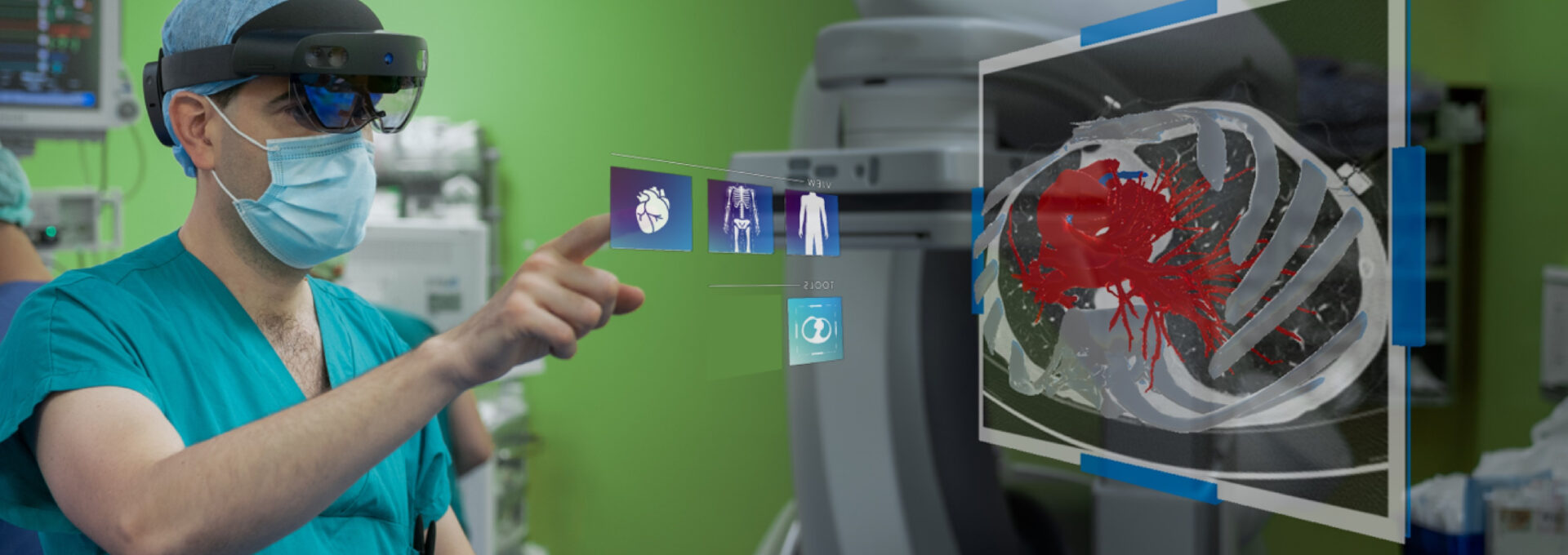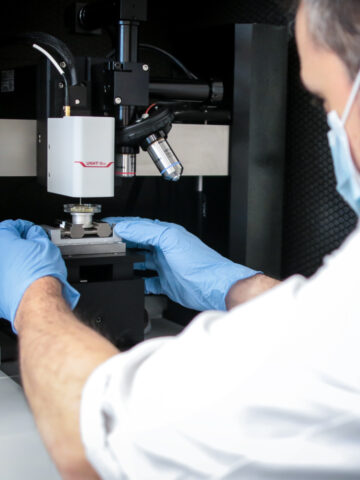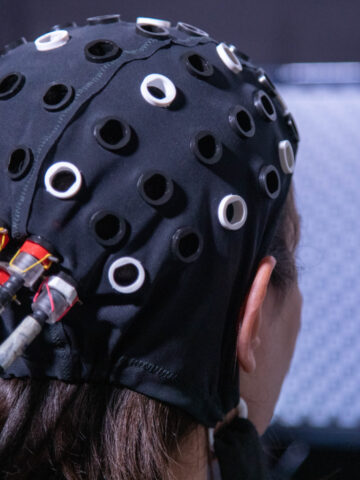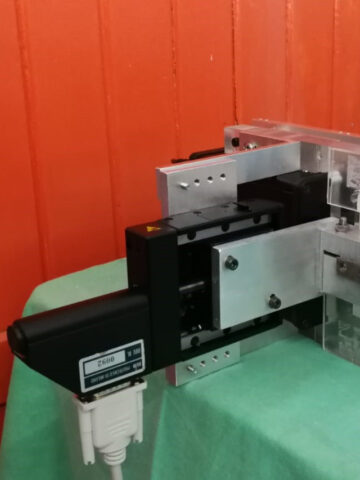Structural heart disease will affect 20 million people over 65 across the European Union by 2040, including 2.5 million in Italy. Aortic stenosis, mitral regurgitation and tricuspid regurgitation are just a few examples of these types of diseases, which largely affect people in their later years and may soon become an emergency for society. They currently affect about 12.5% of the Italian population.
One of the research projects focused on addressing structural heart disease is ARTERY (Autonomous Robotics for Transcatheter dEliveRy sYstems), an H2020 project officially launched last January that includes the Politecnico di Milano (lead partner), with the collaboration of the Fondazione Politecnico di Milano and the IRCCS Ospedale San Raffaele. The research project is funded by the European Commission within the framework of the Horizon 2020 programme of innovation and development of the applications of robotics.
The project’s focus is the non-invasive treatment of heart valve disease, with the ultimate goal of ARTERY being to create a revolutionary robotic platform that makes use of artificial intelligence and augmented reality to develop new guidance and monitoring systems, as well as systems capable of training and supporting operators, making surgeries safer and more effective for the patient and eliminating the use of X-rays.
Implementing virtual reality solutions in the field of cardiovascular operations – as is the case with of ARTERY, in which the operator in training feels as though they are in a real operation and therefore also experiences the stressful situations involved – means radically improving the approach to surgery. Adding augmented reality into this also means integrating the information provided by wearable systems. This allows the surgeon to learn and practice on the simulator rather than the patient, removing the risks involved and effectively making it perfectly safe.
How are operations currently performed?
At the moment, these diseases require surgery, using either a traditional approach – i.e. open-heart surgery – or a percutaneous approach. In the latter case, the diseased structures are repaired or replaced by implanting one or more devices into the heart via a catheter, which makes its way to the heart itself through the blood vessels after being inserted through a small peripheral access point. As such, percutaneous surgery is much less invasive than classical surgery. However, percutaneous operations are technically quite complex to learn and perform, and necessarily involve the use of fluoroscopy – a method that requires the use of X-rays – to allow the surgeon to indirectly see the advancement of the catheter through the vessels and its movement within the heart. The radiation is a risk to the patient and, above all, the operators present in theatre.
How will operations be performed with ARTERY?
In the ARTERY project, a robotic platform will be created that will simplify percutaneous procedures and eliminate the need to use intraoperative X-rays. The surgeon will be able to interface with the robotic system through augmented reality, select the target point that the catheter needs to reach, and view the model of the catheter and the patient’s vascular tree. The system will be semi-autonomous and the decisions, although guided by artificial intelligence, will always be shared with and approved by the human operator. In essence, this will create an immersive and intuitive system in which the responsibility and supervision will be down to the operator, whilst the cardiovascular procedure itself will be performed by a robot, which will be supported by control systems – automatic pilots which can perform repetitive tasks in place of the operator, who nonetheless remains responsible for the operation as a whole.
Emiliano Votta, associate professor at the Politecnico di Milano, explains:
The ARTERY project will introduce two major innovations that will have a significant impact on heart operations: the remote control of robots through artificial intelligence and augmented reality – and therefore the ability to manage complex operations intuitively and potentially remotely – and the use of sensorised catheters, which will allow for greater control and precision in the catheter’s movements inside the patient’s body. These innovations will make percutaneous heart surgeries easier to learn and perform, as well as safer for both patients and operators.
To achieve this ambitious goal, the Politecnico di Milano is joining forces with the IRCCS Ospedale San Raffaele, which is providing clinical guidance for the development, the Scuola Superiore Sant’Anna in Pisa, which is in charge of the sensorisation of the system, the Université catholique de Louvain, which is in charge of the robotic implementation of the catheters, as well as three companies that will contribute to the motion-related aspects of the research, namely: FBGS, an expert in fibre-optic sensors, Artiness, an expert in augmented reality as applied to the medical field, and Swissvortex, an expert in transcatheter technology.




